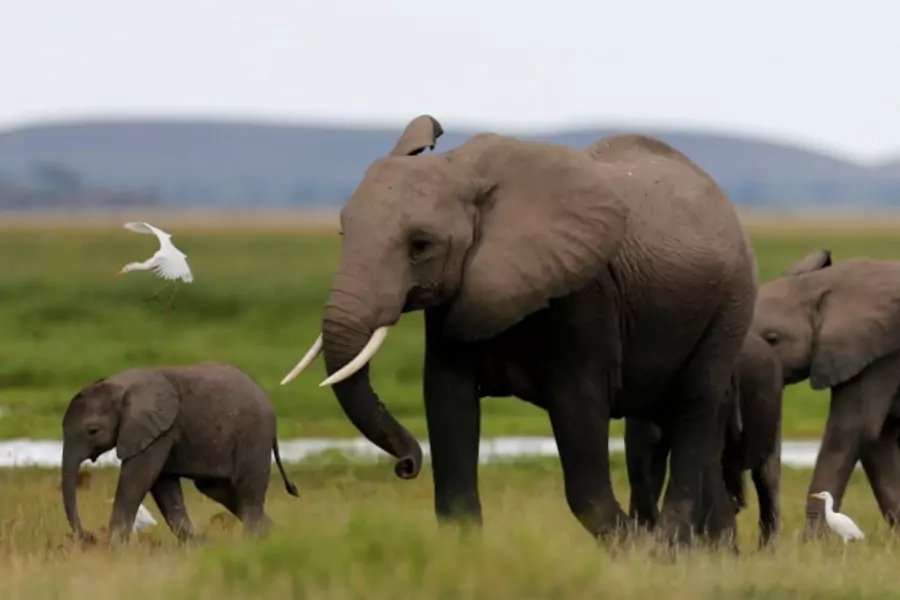More on:
This is a guest post by Allen Grane, research associate for the Council on Foreign Relations Africa Studies program.
On August 31, The Great Elephant Census announced disturbing news: the African savannah elephant population is approximately 350,000, down from about 470,000, The study showed a 30 percent decline in the population between 2007 and 2014. This represents an 8 percent annual decrease in savannah elephant numbers, largely due to poaching.
At the same time the Census released these numbers, an article in the Journal of Applied Ecology announced that African forest elephant reproduction rates are much slower than once thought. Forest elephants, a distinct sub-species of African elephants found most often in Central African rainforests, suffered a 62 percent decline between 2002 and 2011. These forest elephant populations were not accounted for in the Great Elephant Census, but are also subject to poaching. The researchers conclude that based on forest elephant reproduction rates, it would take ninety years to return the population to pre-2002 levels. That is, if poaching stopped completely.
Unfortunately, both the savannah and forest sub-species of African elephant face considerable, current threats. It is believed that before the Europeans arrived in Africa there may have been some twenty million African elephants (including both sub-species). By the turn of the 20th century, this number had declined to between three and five million. By 1979, the numbers were, down to 1.3 million. While elephant hunting is far more regulated than it was in the 1970’s, poaching for ivory is still a major threat. Elephants also face the increasing risk of human/elephant conflict due to an ever growing human population which promotes greater resource competition. (Elephants have been known to destroy small farms when migrating.)
With all of this in mind, the upcoming conference of the Convention on International Trade in Endangered Species (CITES) is more important than ever. In a non-binding decision at the recent International Union for Conservation of Nature (IUCN) congress, nations and environmental groups agreed to close the domestic trade in ivory, despite protests from Japan and South Africa. However, it is important for nations to keep up the momentum and seek ever stricter enforcement. Members of CITES must come together to develop a comprehensive, global solution to prevent the loss of what African elephants still remain in the wild.
More on:
 Online Store
Online Store
